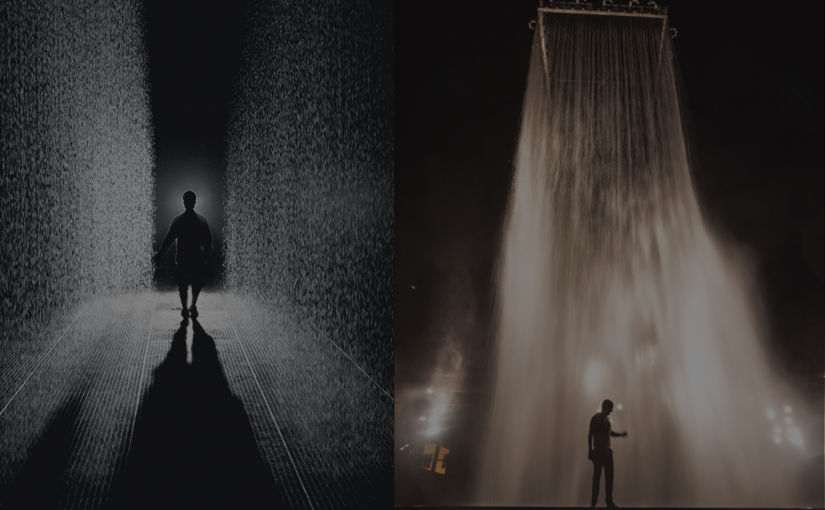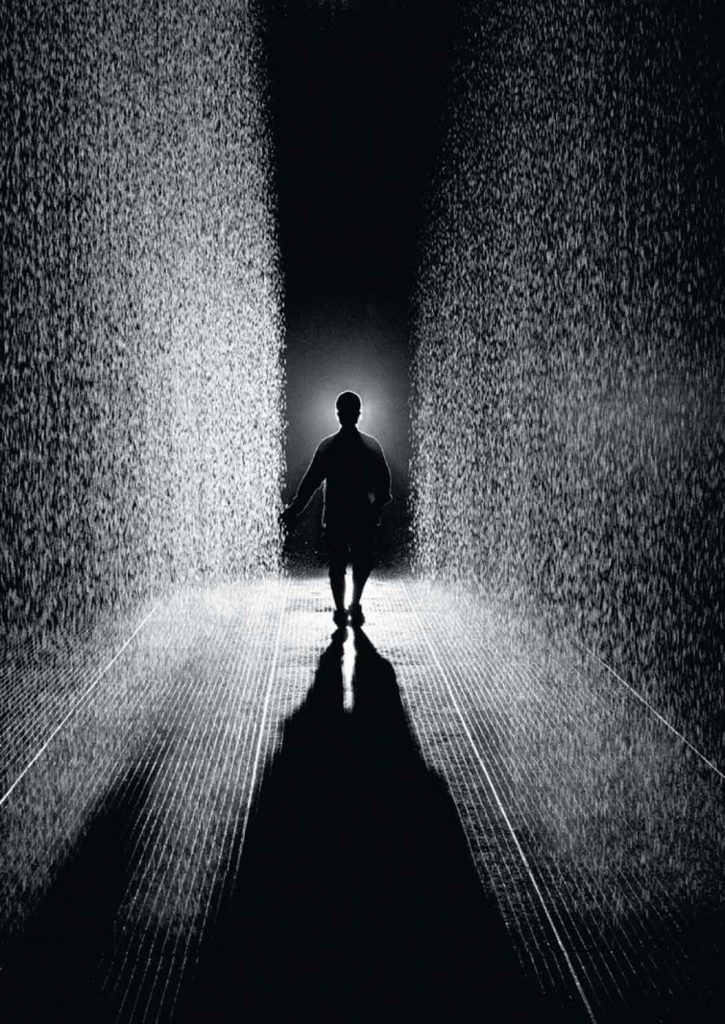

what is hope to me?
When you are hoping for something, you are asking or wishing for something to happen. for example, “I hope to get good grades for this assignment”. So who are we wishing to or rather who is listening to our hopes and wishes? For me, when I make wishes, I direct them to God.
naturally, i associated hanging mobiles with children hospitals. so who are children wishing to?
children are young, so they may or may not feel strongly or understand the idea of God. Then it hit me.
- When a child drops a tooth, he/she will leave the tooth under the pillow, hoping the tooth fairy would come by to give him/her a dollar.
- All throughout the year, children behave well so that they end up on Santa’s nice list, hoping to get the present that they wanted.
- Little girls hope that one day, a fairy godmother will appear to make their dreams come true
- Children rubbing a lamp, hoping that a genie will pop out to grant them 3 wishes.
So what am i getting here?
Children find hope in these fictional or fairy tale characters. – Create a positive and negative shapes with fairy tale characters that are relevant to children.
However, after discussions with the class, I realised that my idea was overly complicated and that I should ease on the concept.
Nonetheless, I didn’t want the ideas I already came up with to go to waste, thus, I decided to build on it. Throughout all the designs I came up with previously, I extracted the motif of wings. I continued to build on the idea of incorporating wings with different meanings.
wings + seedlings
A seedling is a young plant that grows from a seed. With the proper amount of moisture, light and temperature conditions, the seedling will grow. Thus, it could represent a hope for growth.
I thought the vines of a leaf could resemble wings, hence I worked with that idea in mind.

wings + tree
A tree could represent many things, such as life, prosperity, strength and stable growth. I thought I could make use of the branches of a tree to form the shape and vines of a butterfly.
However, the feedback I received was that the sharp edges of the branches did not exactly embody the idea of hope. The absence of leaves on the tree also gave it a scary, ominous vibe. I was advised if I wanted to go through with this idea, I had to smoothen the sharp edges of the branches.

wings + flower
Different types of flowers could have different meanings. However, what I wanted to show was the blooming of the flower which represents the growth of a flower. The growth into something beautiful and breathtaking.
I received feedback that the bottom design looked too illustrative for a logo design and that I should avoid using gradients in my designs. I was informed to add more details to the wings.

Final Idea
After much consideration, I decided to build on the idea with a flower and incorporate it with butterflies. You can find the final concept which I will describe in greater detail in my final post that you can find here final post.
Stage 1 – unblooming flower + resting butterfly
The image below shows the progression from its initial design (1 to 4). Some feedback that I received for the 4th design was that the form was too busy and there were too many jagged edges. I should also adjust the scale of the wings to make it look more like a petal.

Stage 2 – half bloomed flower + butterfly taking flight
As suggested, I added details to the wings. For the first design, I added some simple shapes onto the wings. But I felt that it didn’t exemplify the idea of butterfly enough, hence I added more details to the wings. However, I was informed to reduce the number of lines on the wings of my second design.

Stage 3 – fully bloomed flower + flying butterfly
The second design to me felt like 2 separate forms; a flower and a butterfly; placed on top of each other. I was thinking that I can incorporate the pattern of the wings into the rest of the petals.

With all this in mind, I began working on my final designs. To see the final outcome of this project, click here.





























